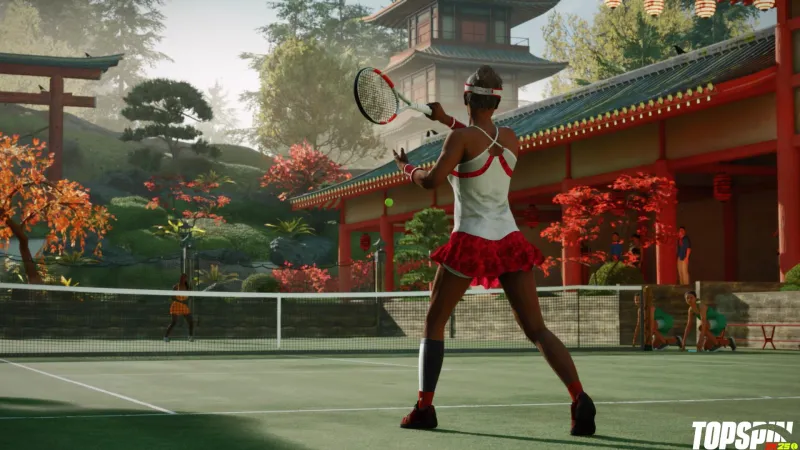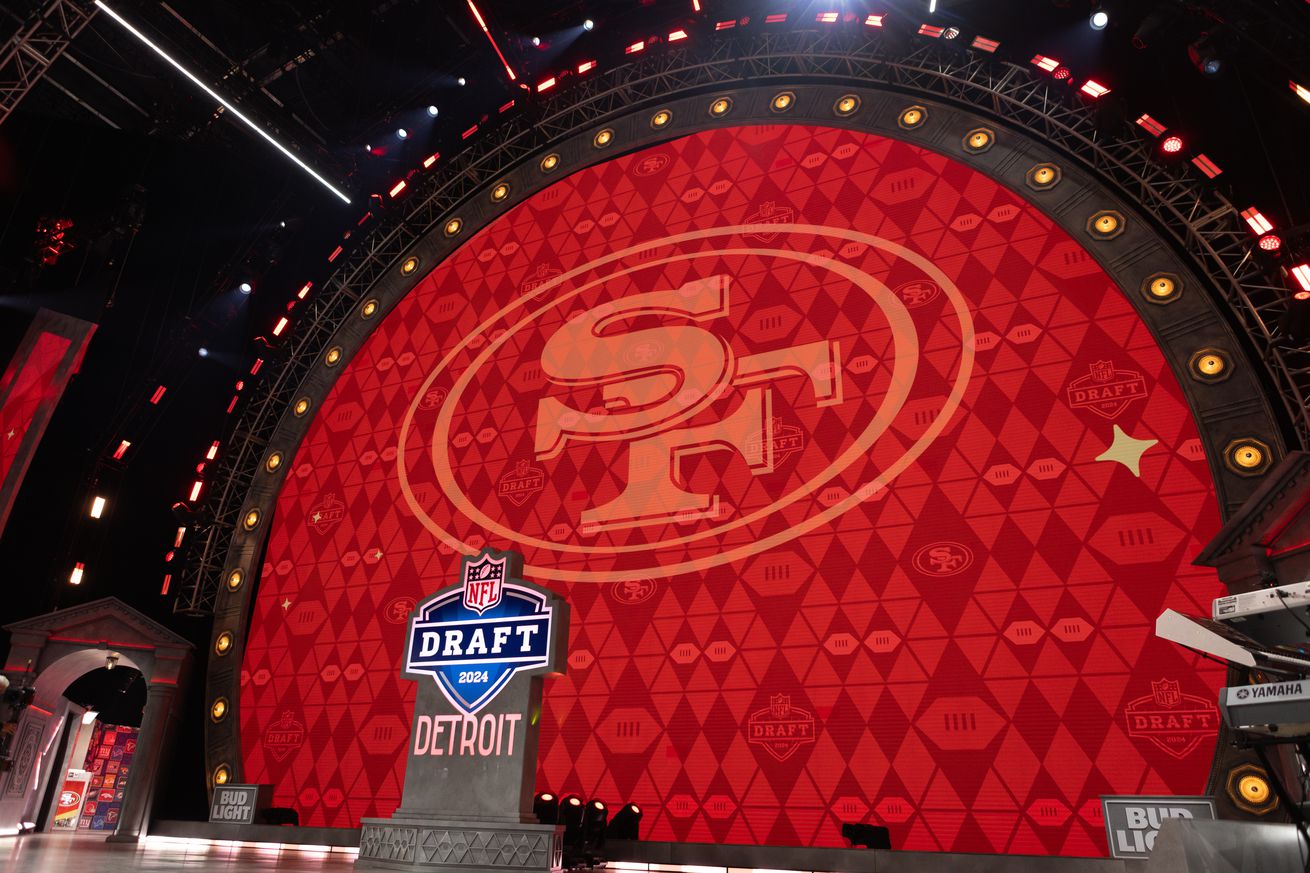It’s been a rough few years for the Diamondbacks. After making the playoffs in 2017 and then posting respectable records above .500 in the two following seasons, the last three campaigns have seen their fortunes sink. They finished last in the National League West in 2020 and 2021, then surpassed the Rockies last year for a fourth place finish. During that time, the Dodgers, Giants and Padres have all had strong seasons, making the efforts of the D-Backs feel particularly hopeless. In 2021, they finished 52-110 and 55 games out in the division.
2022 was a step in the right direction, though, and there are some exciting ingredients in place. The position player mix seems to have a lot of good momentum behind it. Even after dealing Daulton Varsho to the Blue Jays, the outfield should feature a crop of exciting youngsters, headlined by Corbin Carroll but with Alek Thomas and Jake McCarthy also in the mix. On the infield, Ketel Marte is capable of MVP-level production when healthy and at his best. Christian Walker is underrated at first base while shortstop Jordan Lawlar and catcher Gabriel Moreno are considered some of the best prospects in the league.
However, the pitching staff is a bit more precarious at the moment. In 2022, the position players posted a cumulative tally of 19.8 wins above replacement, according to FanGraphs, good enough for 15th place in the majors. But the pitchers posted a total of 7.7 fWAR, ranking them 27th. If the team is to re-emerge and start contending again, they will need to get better results from the mound. There were some potentially encouraging developments in their rotation in 2022, but still some uncertainty going forward into 2023.
It’s possible that the club will make further additions via free agency but it’s also possible that they’re done. The club’s payroll is now at $113MM, per the calculations of Roster Resource. They’ve been as high as $132MM in the past, according to Cot’s Baseball Contracts, but they were at just $91MM last year. That means they’ve already boosted the budget by more than $20MM. For now, let’s take a look at the in-house options, starting with the four veterans.
Gallen, 27, seemed to emerge as an ace in 2019 and 2020, making 27 starts with a 2.78 ERA. He had a swoon in 2021, dealing with various injuries and his ERA jumped to 4.30, but he was back in form last year. In 2022, he made 31 starts and logged 184 innings with a 2.54 ERA, 26.9% strikeout rate, 6.6% walk rate and 46% ground ball rate. He finished fifth in the voting for the National League Cy Young award and can be controlled via arbitration for three more seasons.
Kelly, 34, parlayed a strong run in the KBO into a two-year deal with the Diamondbacks prior to the 2019 season. That deal also came with a pair of club options. Kelly pitched well enough that they triggered both options and then gave him an extension that runs through 2024 with a club option for 2025. Through four seasons with Arizona so far, he has a 3.96 ERA, 20.8% strikeout rate, 6.9% walk rate and 43% ground ball rate. He’s certainly a notch below Gallen, but he’s a solid mid-rotation option for the club.
After spending over a decade with the Giants, Bumgarner came to the D-Backs prior to the 2020 season on a five-year, $85MM deal. Unfortunately, his results immediately took a nosedive after the uniform switch. He had a 3.13 career ERA in his time with the Giants but has posted a 4.98 mark in his three seasons as a Snake. His walk rate is still better than average but his strikeouts have vanished. He punched out 23.9% of opponents on his previous team but it’s been just a 17.7% rate for Arizona. Now 33 years old, it’s hard to expect a sudden bounceback, though the Diamondbacks might give him a chance to try since he still has two years and $37MM left on his deal. That gives him negative trade value at this point and it would be a lot of cash to eat for a Diamondbacks team that’s never been a top spender. However, his salary goes from $23MM this year to $14MM in 2024, which could make some kind of transaction more plausible if he can find better results in 2023.
Davies, 30 in February, pitched for the D-Backs in 2022. He didn’t blow anyone away but he was passable enough. He made 27 starts with a 4.09 ERA. His 17.9% strikeout rate was a few ticks below average but his 9.1% walk rate and 42.9% ground ball rate were both right around league average. He used his five-pitch mix to keep hitters from doing damage, as his hard hit rate was in the 76th percentile among qualified pitchers and his average exit velocity was in the 75th. The club agreed to a new one-year deal with him yesterday, bringing him back to hopefully provide some steady production while they evaluate their younger pitchers.
If those four pitchers are healthy and throwing well, there will be one spot remaining for a younger pitcher. Nelson will certainly be in that mix to secure the final job. He was selected by Arizona in the second round of the 2019 draft and has been considered one of the club’s better prospects since then. He even cracked Baseball America’s top 100 list of all prospects in the league going into 2022. Last year saw him spend most of his time with the Triple-A Reno Aces, who play in the Pacific Coast League. He made 26 starts for that club with a 5.43 ERA in what is a notoriously hitter-friendly environment. His 21.6% strikeout rate and 7.9% walk rate were solid enough for him to get a major league debut in September. He made three starts in the big leagues with a 1.47 ERA, striking out 23.2% of batters faced while walking 8.7% of them. That’s a very small sample size but an encouraging one nonetheless. He’ll turn 25 in February and still has a full slate of options. He could certainly be sent back to Triple-A but an extended audition at the big leagues could be warranted as well.
Jameson and Nelson have a very similar trajectory to this point. Jameson was also selected in the 2019 draft, just ahead of Nelson by being selected between the first and second rounds, with the pick the club received for AJ Pollock signing with the Dodgers. Jameson began 2022 in Double-A but posted a 2.41 ERA in four starts and got quickly moved up to Triple-A. With the Aces, he posted a 6.95 ERA in 114 innings in that pitcher-hostile environment. However, his rate stats were decent, striking out 21.2% of hitters, walking 8.2% of them and getting grounders on 48.6% of balls in play. He also got called up to the big leagues in September, just like Nelson, making four starts with a 1.48 ERA, 24.5% strikeout rate, 7.1% walk rate and 56.1% ground ball rate. Just like Nelson, he’ll be 25 years old this season and has a full slate of options. The two seem likely to be battling each other for the final rotation spot with one likely to be optioned, but they could also both be in the mix as soon as an injury pops up.
Just like Nelson and Jameson, Henry was also nabbed in the 2019 draft. He was selected in competitive balance round B, between the second and third rounds. He posted stronger Triple-A results than the other two last year, with a 3.74 ERA over 21 starts. However, his first taste of the big leagues didn’t go as smooth as he made nine starts with a 5.36 ERA, striking out just 17.6% of hitters while walking 10.2% of them. He’s also 25 and provides a third competitor in the battle for the last rotation job, but it’s possible he’s a bit behind Nelson and Jameson based on his weaker debut. He still has a full slate of options and could be in line for more work in the minors, ready to make the jump again when needed and ready.
Pfaadt, 24, began 2022 in Double-A, making 19 starts and logging 105 1/3 innings there. His 4.53 ERA might not look special, but he posted that number despite striking out 32.2% of batters faced and walking just 4.3% of them. A .370 batting average on balls in play surely inflated that ERA to a level higher than he deserved, though 17.9% of his fly balls turning into home runs may have contributed as well. The D-Backs seemed to be willing to look past that ERA, bumping him to Triple-A in August. Pfaadt took very well to the move, despite the strong offensive environment. He tossed 61 2/3 innings over 10 starts for the Aces with a 2.63 ERA, 30.6% strikeout rate and 5.8% walk rate. Based on that strong finish, he has surged up prospect rankings. He currently has the #83 slot at Baseball America, is #90 at MLB Pipeline, but FanGraphs is especially bullish and considers him the 25th best prospect in the league. He’s not yet on the club’s 40-man roster since he was only drafted in 2020 and isn’t Rule 5 eligible until this coming December, but he seems destined to make a big league debut well before then.
____________________
When combined, there are some strong elements here for the D-Backs. Gallen gives them an ace and Kelly a solid piece for the middle of the rotation. Davies isn’t terribly exciting but is fine as a backend piece. Bumgarner’s contract is underwater at this point, but he could also be a solid backend guy if he puts the past three years behind him. Those four combined don’t give the club an especially strong rotation, but the four guys behind them give the overall group plenty of upside. If one or two of the young guys have a breakout in 2023, then the rotation picture starts to look much better.
The position player core in Arizona is heavily future-focused, with Carroll, Thomas, Marte, Moreno, Lawlar and others starting to develop into a strong core that could allow the club to continually improve over the coming seasons. With the rotation, the path forward could be very similar. Prospects aren’t sure things, especially when it comes to pitchers, but the Diamondbacks need to hit on young players if they’re not going to spend like the Dodgers, Padres and Giants. For now, there are signs of hope in the desert and the upcoming season will be a fascinating one to watch.



















You must be logged in to post a comment Login